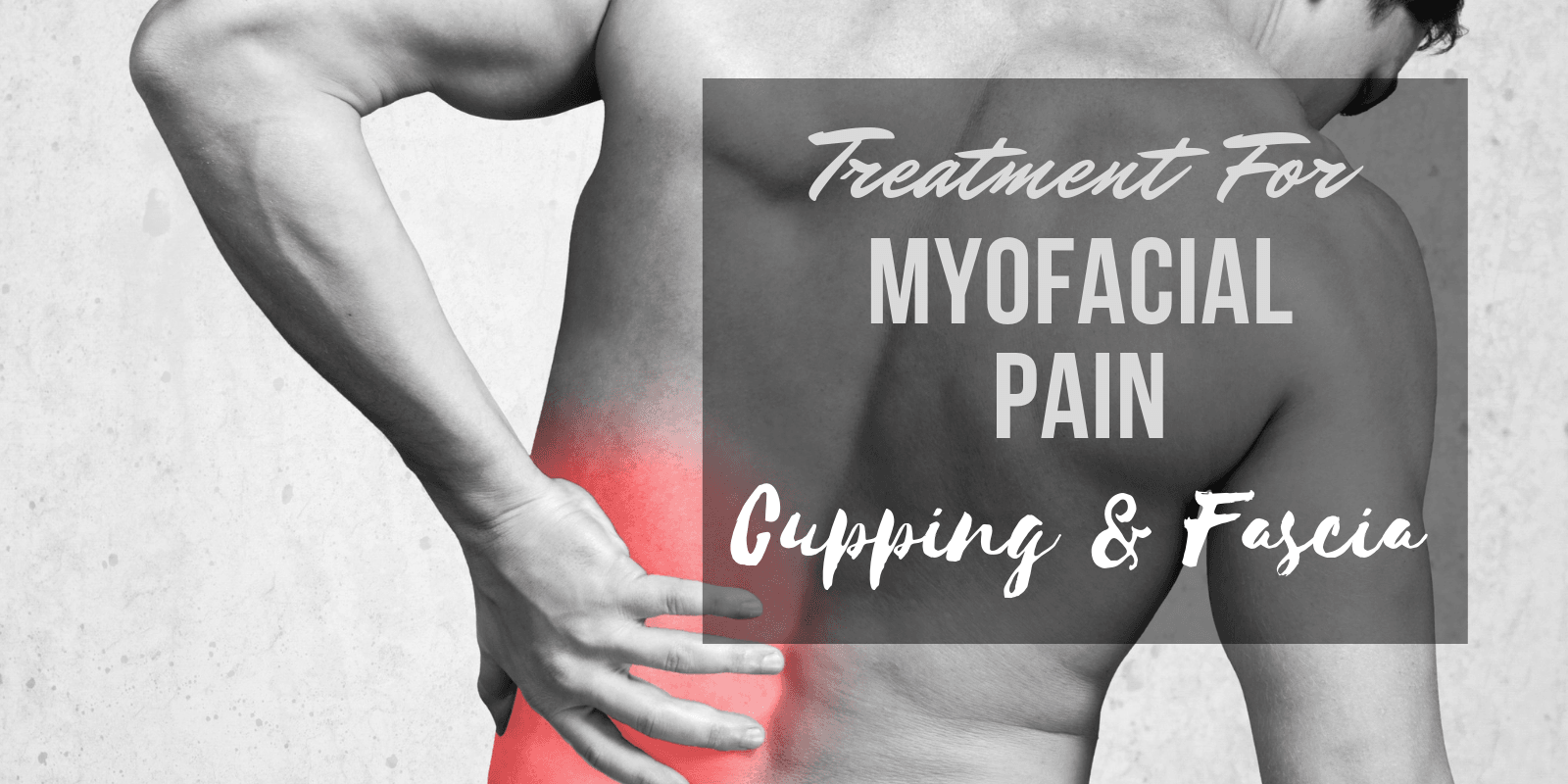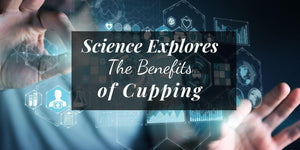There are so many questions to consider when you’re dealing with pain. What is the correct treatment? How can you heal the pain instead of just dulling it? Healing can feel like a lofty goal when your pain is limiting your mobility but understanding the source of the pain and how to treat it is the only way to ensure that it doesn’t put you on permanent hold.
We’ve talked a lot about the role of the fascia when it comes to pain. This tight web of connective tissue lies under the skin and over the muscles to help your body move smoothly and freely. When the fascia becomes damaged, either through tearing, knotting, or getting ‘stuck’ to the underlying muscle, it can cause extreme discomfort. Many people who experience aches and pains may not only misunderstand the role of the fascia, they may be completely unaware that it’s where their pain is coming from. Fortunately, scientists and physicians are now taking a deeper look at the role that modern-day cupping plays in healing the facia and what they’re finding is that at-home cupping therapy can be highly effective. Here we’ll take a look at some of their findings and recommendations and how you can incorporate them into your own at-home therapy.
Feel the Pain – One of the most important steps you can take in healing is really understanding your body and being able to feel what is and is not normal. Bruce Bentley, an acupuncturist and herbalist, as well as accredited tuina therapist, recommends getting hands on with pain. Feel the area – being able to put your hands on an area of pain and note where the tissue feels different than a pain-free spot will help you pinpoint problems with the fascia more easily. If you have an area of soreness, don’t hesitate to palpate the area and really focus your attention on how the skin, muscle, and underlying tissue feels to the touch. Compare that to a pain-free spot so that you can learn to identify fascia issues before they become too painful to manage. Once you have a handle on exactly what you want to treat, you can select a cupping option that will best fit your needs.
Best for body: Edge, Zen, and Bliss – These sets offer a variety of cups in every size and shape for treating fascial pain no matter where it strikes.



Slow and Steady – Bentley is a huge advocate of cupping to heal the fascia and has used a great deal of trial and error to fulling understand how to best utilize cupping as a healing tool. In his work, he focused on using cups on areas that are not easily treatable by more rigid instruments. What did he find? Slow movement was the key to allowing the suction to fully break up fascial adhesions. In cupping therapy there are two general applications: static and dynamic (massage and/or movement). In Bentley’s research, he found that an amalgam of these two techniques is most successful in penetrating injured tissue.
Best practice for deep tissue cupping: Apply the cup to the painful area with the use of oil for ease of motion. Once suction is created, move the cup very, very slowly along the area to achieve deep penetration of the fascia and underlying tissue to break up knots and congestion.
Incorporate Gua Sha — Gua Sha is another traditional massage technique that ‘scrapes’ the skin with the help of a handheld flat-sided tool. Gua Sha is a great way to really dig into fascial adhesions and help release them to reduce pain and increase range of motion. When you use Gua Sha in conjunction with cupping, it can be easier to ‘feel’ knots under the skin, which helps pinpoint where you need to focus your attention.
Flex – While traditional cupping was done with fire and glass cupping jars (and is still in use by cupping professionals today), the more modern silicone cps for cupping offer additional benefits for the user. They are shaped with ease of application in mind, which means cupping at home is not only simple, but highly effective. Silicone cups offer improved suction, adhere easily to the skin, and are extremely comfortable while still providing effective treatment from mild suction to deep tissue penetration.
Massage it Out – Feel free to switch up your routine and alternate a cupping session with other massage tools such as the MEGA fascia roller which offers a unique design that will dig deep into muscles, further releasing adhesions and help bring fresh blood to the muscles. 
What’s the lesson? Well, first and foremost it’s important to understand that relief is not out of reach if you’re dealing with soft tissue pain. Cupping is now and has always been an effective treatment, but it’s not necessary to spent time and money on a professional cupping session. At home cupping is an extremely viable option and researchers are now finding that the results can be just as effective as professional application. Additionally, performing your own cupping at home can help you get in tune with your body, allowing for early intervention in managing pain. When you do your own cupping therapy you can modify treatment to suit your individual needs and get to know your body as you do it. The more in-tune you are to your needs, the earlier you can address them and ensure pain doesn’t become a constant in your life. Happy Cupping!






